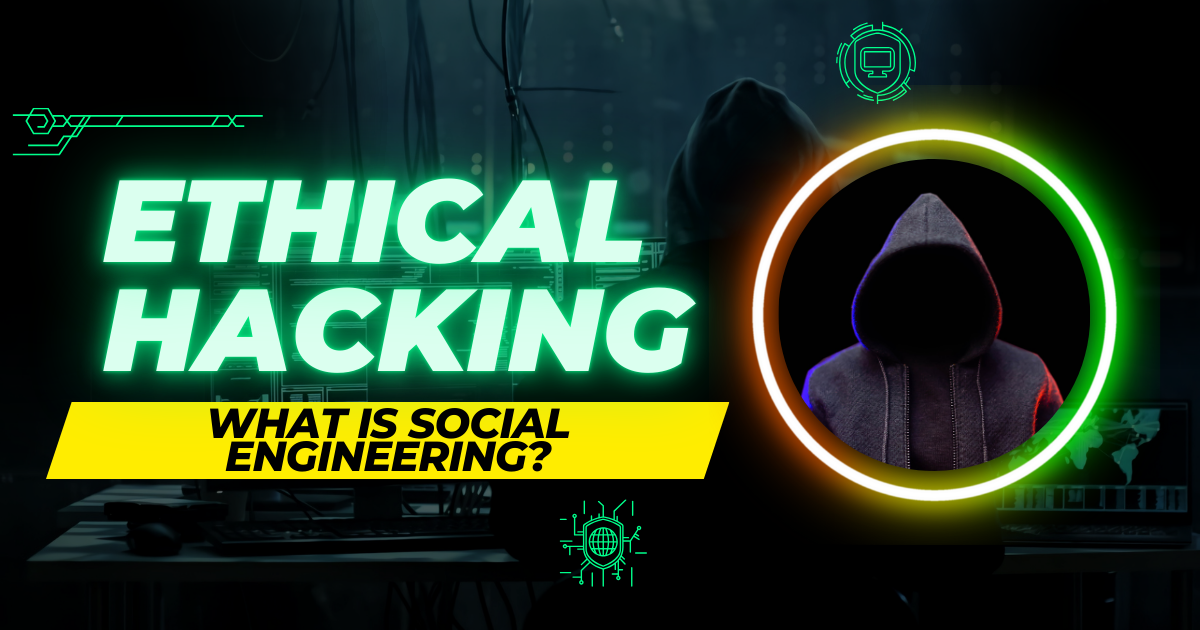What is Social Engineering? A Beginner's Guide
 Devyush Raturi
Devyush Raturi
In the realm of cybersecurity, technical prowess is only one piece of the puzzle. Social engineering, the art of manipulating people into divulging confidential information or performing actions that compromise security, presents a significant threat. Understanding its principles and tactics is crucial for ethical hackers seeking to fortify defenses. This article will provide an introduction to social engineering, exploring its methods, motivations, and countermeasures.
The Human Element: The Weakest Link
Social engineering exploits the inherent trust and vulnerabilities of human nature. Unlike technical attacks that target systems, social engineering targets individuals. It relies on manipulation, deception, and psychological tactics to bypass security measures. The human element, often considered the weakest link in the security chain, is the primary target.
Common Social Engineering Techniques
Phishing: This is perhaps the most well-known technique, involving deceptive emails, messages, or websites that trick individuals into revealing sensitive information. Phishing attacks often mimic legitimate sources, such as banks or social media platforms.
Pretexting: Creating a fabricated scenario or pretext to gain the victim's trust and extract information. Attackers may impersonate authority figures, technical support personnel, or colleagues.
Baiting: Offering a tempting reward or incentive to lure victims into performing a desired action, such as clicking on a malicious link or downloading an infected file.
Quid Pro Quo: Offering a service or favor in exchange for information or access. Attackers may pose as technical support personnel, offering to fix a problem in exchange for login credentials.
Tailgating: Gaining unauthorized access to restricted areas by following an authorized person. Attackers may pose as delivery personnel or maintenance workers.
Shoulder Surfing: Observing someone entering sensitive information, such as passwords or PINs, over their shoulder.
Dumpster Diving: Searching through trash for discarded documents or devices that may contain sensitive information.
Motivations Behind Social Engineering
Information Theft: Stealing sensitive data, such as passwords, financial information, or intellectual property.
Unauthorized Access: Gaining access to restricted systems or networks.
Malware Distribution: Tricking victims into downloading or installing malware.
Financial Fraud: Deceiving victims into transferring money or providing financial information.
Disruption of Services: Causing disruptions to critical systems or operations.
Countermeasures and Prevention
Security Awareness Training: Educating employees and users about social engineering tactics and best practices.
Strong Authentication: Implementing multi-factor authentication (MFA) to add an extra layer of security.
Verification Procedures: Establishing procedures for verifying the identity of individuals requesting sensitive information or access.
Data Minimization: Limiting the amount of sensitive information that is collected and stored.
Physical Security: Implementing physical security measures, such as access controls and surveillance systems.
Incident Response Plan: Developing a plan for responding to social engineering attacks.
Cultivate a Security Culture: Promote a culture of security awareness and vigilance throughout the organization.
The Role of Ethical Hackers
Ethical hackers play a crucial role in mitigating social engineering risks by:
Conducting Social Engineering Tests: Simulating real-world attacks to assess the organization's vulnerability.
Performing Security Awareness Training: Educating employees about social engineering tactics and best practices.
Developing Security Policies: Creating policies and procedures to prevent social engineering attacks.
Providing Remediation Recommendations: Advising organizations on how to improve their security posture.
Conclusion
Social engineering is a significant threat that can bypass even the most robust technical security measures. By understanding its principles and tactics, ethical hackers can help organizations strengthen their defenses and protect themselves from these attacks. Security awareness training, strong authentication, and verification procedures are essential components of a comprehensive security strategy. By recognizing the human element's susceptibility, and then teaching proper defensive actions, a company can greatly increase its overall security.
Subscribe to my newsletter
Read articles from Devyush Raturi directly inside your inbox. Subscribe to the newsletter, and don't miss out.
Written by
